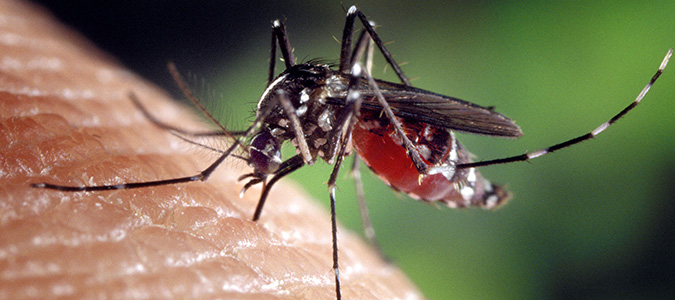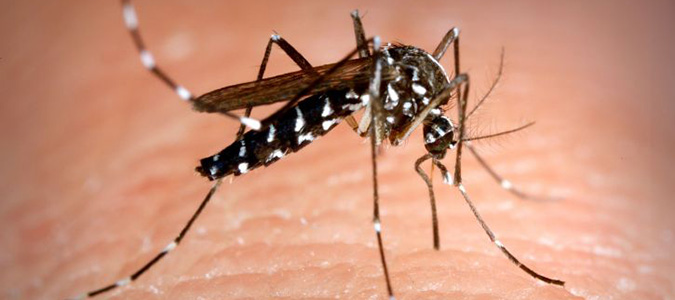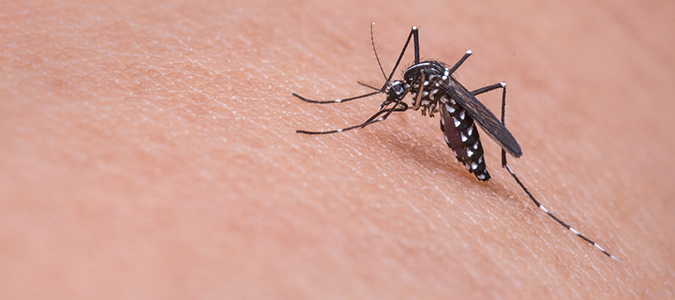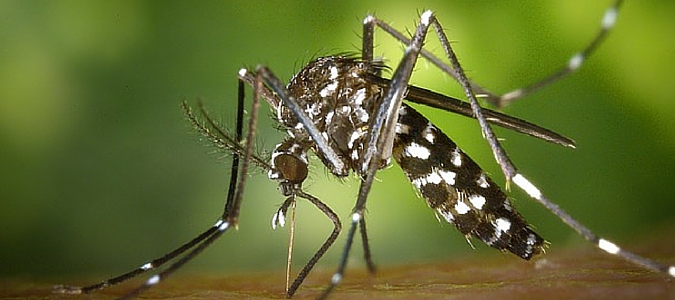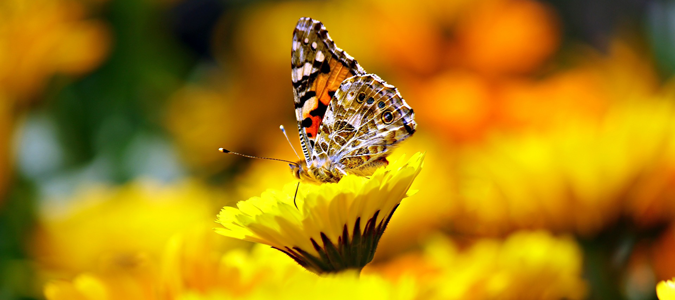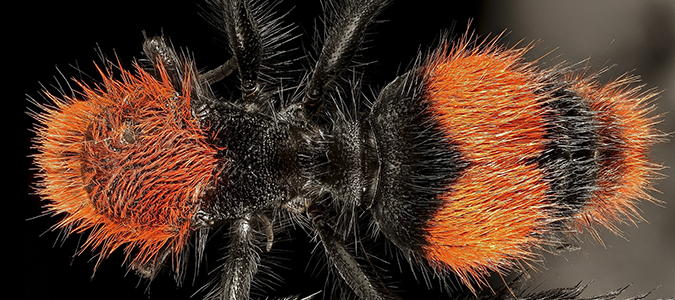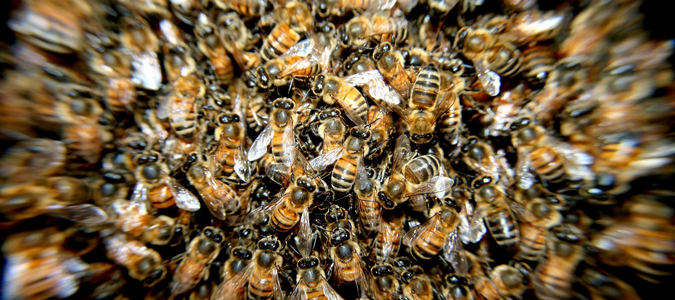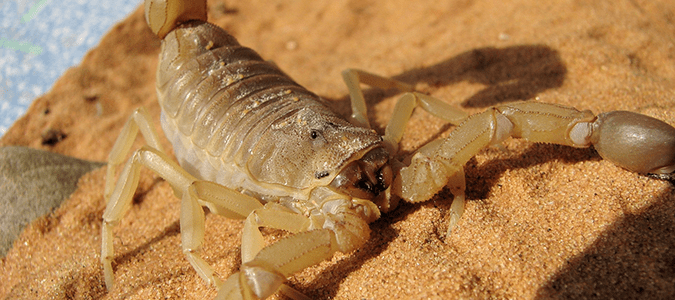Embracing New Technology: Pay For Services Without Picking Up The Phone

Austin is a city that has always embraced technology. With industry giants like Apple, Dell, and IBM in town, it is easy to understand why talented people want to live and build their lives in Austin. Austinites also have emerging expectations for business in the city, including ABC Home & Commercial Services.
Our number one priority is appeasing the needs of our customers. That’s why we have adopted new and better ways of doing business to match new and better expectations.
Introducing ABC’s New Online Appointment Scheduling & Payment System
We have heard you loud and clear. Getting on the phone can be tiresome and inconvenient. And when you’re dealing with something pressing like a pest problem, you may be feeling a little impatient.
We built our new online appointment scheduling system to make your life just a little bit easier. And we also know that this is what consumers expect to see in … Read Full Post »
